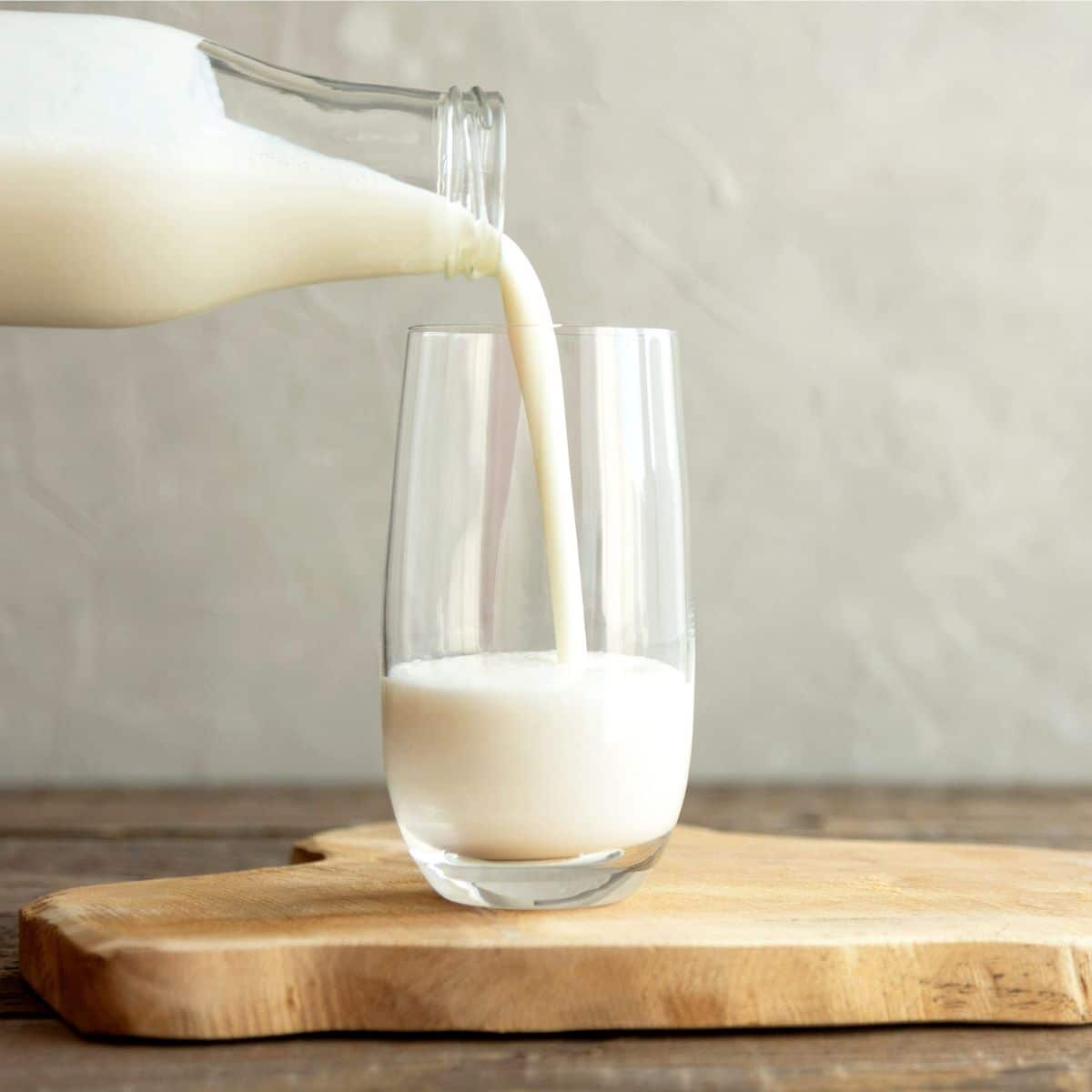The Total Health Experience: Eat, Play, Learn
Join us in the Caribbean for a week-long all-inclusive beach immersion.
October 18-25, 2025, Puerto Plata, Dominican Republic


Ever since milk sales in the US began to slow in the 1970s, the industry has been unsuccessfully scrambling to stop the free fall.[1] Heavy spending on advertising has been at the center of these efforts, and I’m not only talking about advertisements that conflate milk with calcium and better bone health; although that claim has remained a cornerstone of dairy advertising, the industry has also continually tried to expand the image of what milk can do. And yet, they have not succeeded. No matter what alleged benefits they have tried using to entice consumers, the dairy industry has been plagued by an absence of credible research supporting their assertions.
On August 16, 1974, the New York Times reported that the Federal Trade Commission (FTC) had filed a formal complaint against commercials promoting milk, calling them “unfair, false, misleading, and deceptive” and implicating the California Milk Producers Advisory Board and their advertising agency.[2] The FTC objected to the use of the slogan “Everybody Needs Milk” on the grounds that milk was not only unnecessary but also potentially harmful. The ads in question also falsely claimed that milk consumption helped prevent colds and arthritis.
This marked a turning point for dairy-industry ads, which would, despite all evidence to the contrary, continue to portray milk as a panacea over the next four decades. When the industry claimed that milk was a sports-recovery aid that enhanced athletic prowess, a scientific panel appointed by the federal government rejected that claim.[3] When a $200 million campaign claimed milk aided weight loss, a review of 41 randomized clinical trials, including a Harvard Medical School study, demonstrated that milk did nothing of the sort. Harvard’s Walter Willett, MD, PhD, said the assertion “has been totally discredited by research not funded by the National Dairy Council.”[4] Yet it took a lawsuit and reprimand from the USDA before the industry abandoned the campaign.[5]
More recently, the dairy industry asserted that drinking milk could help reduce the symptoms of premenstrual syndrome (PMS). Dubbed the “Everything I Do Is Wrong” campaign, these ads suggested that men were the real victims of PMS for having to endure women’s irrational behavior. The ads were widely condemned and pulled after just a few weeks, but it wasn’t only because they were offensive to women.[6] Once again, the claim couldn’t be substantiated by scientific evidence.
“Milk is the last thing I would recommend to women with PMS,” said Christiane Northrup, MD, an internationally recognized, board-certified gynecologist and bestselling author of Women’s Bodies, Women’s Wisdom. “In my clinical experience,” said Dr. Northrup, “milk and dairy consumption are often associated with an increase in PMS and menstrual cramps. There is absolutely no evidence that I’m aware of that drinking milk actually improves any aspect of a woman’s menstrual cycle. It’s just the opposite.” Given that menstruation, and the unwanted symptoms that often accompany it, is orchestrated by the delicate economy of hormones in the body and that each glass of cow’s milk contains nearly 60 different hormones and growth factors, Dr. Northrup’s response (and similar responses from many other medical experts who treat women with PMS) makes sense.[7]

And what about the most persistent claim that the dairy industry has relied upon—that cow’s milk is essential to ward off bone fractures? It turns out that substantial evidence contradicts this claim, too:
From a public health standpoint, since cow’s milk does not appear to reliably prevent bone fractures or achieve any of the other benefits claimed by the industry for decades, we should at least disclose the risks associated with consuming milk. There is a plethora of studies showing a relationship between milk consumption and prostate cancer risk; Harvard researchers called milk drinking “one of the most consistent dietary predictors for prostate cancer in the published literature.”[13] The majority of the world’s population cannot properly digest the sugar in milk, lactose, and may needlessly suffer from gas, bloating, and cramping when they consume it. Milk and dairy products are the number-one source of saturated fat, which is a risk factor for heart disease, the number-one killer of Americans. Numerous studies suggest that the lactose in milk may increase the risk of ovarian cancer.[14] Every 10 grams of lactose consumed (about a glass of milk) may elevate risk by about 13 percent. Milk is frequently contaminated with dioxin and PCBs, both of which are human carcinogens, as well as lead, cadmium, and pesticides.[15] Casein, the primary protein in milk, has been shown to promote cancer initiated by a carcinogen in experimental animal studies.[16]
(Learn more about the evidence-based risks associated with milk consumption: 12 Frightening Facts about Milk.)
The thin or nonexistent research supporting claims made by the dairy industry is perhaps partly responsible for the 36 percent drop in per capita milk consumption from 1970 to 2011.[1] The dairy industry appears to be experiencing a protracted emperor-has-no-clothes moment as consumers see the dairy industry’s promises for what they are: empty. And so the myth of milk as a magic elixir is gradually being replaced by a more balanced understanding that benefits everyone. As people have increasingly realized that cow’s milk is no more essential to human health than dog, elephant, or giraffe milk, the sales of healthier nondairy beverages climbed to nearly $2 billion in 2013, a 30 percent increase since 2011.[17]
Copyright 2025 Center for Nutrition Studies. All rights reserved.